A properly aligned garage door is essential for convenience and ensuring the safety of your home and family.
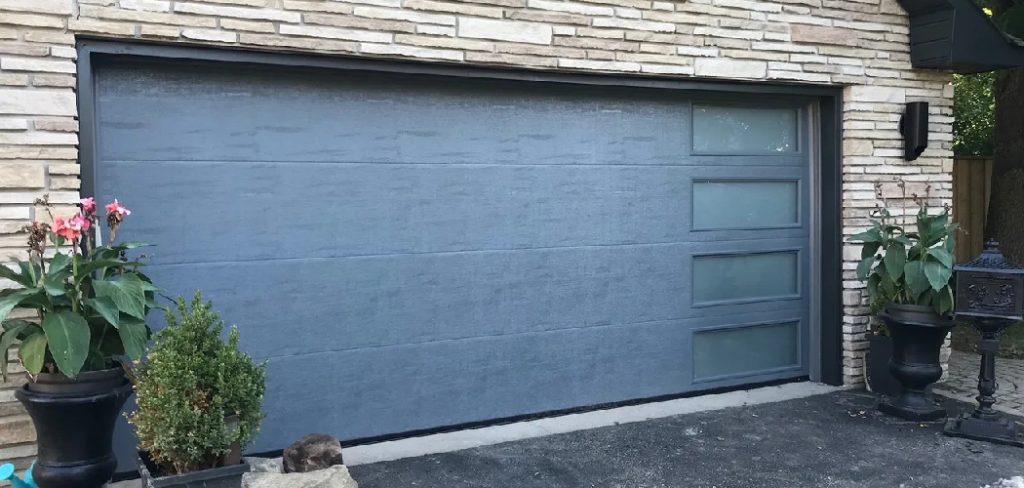
When a garage door is off track, it can pose hazards such as unexpected closures, increased wear on components, and even damage to the door itself or nearby vehicles.
Common causes for a garage door coming off its track include broken cables, obstructions in the track, or impact damage from vehicles or heavy objects.
In this article, we will explore the significance of maintaining your garage door’s alignment and provide you with a comprehensive guide on how to put garage door back on track.
We will discuss safety precautions before starting any repairs, the tools you will need for the task, and a clear, step-by-step instruction set to help you realign your garage door efficiently and safely.
Understanding the Problem: How and Why a Garage Door Comes Off Track
Causes of a Misaligned Garage Door
A garage door can become misaligned for several reasons, often stemming from wear and tear or unforeseen incidents. One common cause is broken cables, which can result from age or excessive strain, leading to uneven door movement.
Worn-out rollers are another frequent culprit; they can fail to guide the door smoothly along the track as they deteriorate. Loose hardware, such as nuts and bolts, can compromise the structural integrity of the door system, allowing for unwanted movement.
Additionally, accidental impacts, whether from vehicles, heavy objects, or external forces, can easily dislodge the door from its track, causing significant misalignment.
Signs of an Off-Track Door
Identifying an off-track garage door early can prevent further damage and ensure safety. Common signs include uneven movement, where one side of the door appears to lag or close faster than the other, indicating it is not functioning properly.
Strange noises, such as grinding or scraping, can also be telltale signs of misalignment, suggesting that the rollers or door components are rubbing against the tracks incorrectly.
Additionally, if the door refuses to open or close completely or if it appears to wobble during operation, these are clear indicators that the door is off track and requires immediate attention to restore its proper function.
Safety Precautions Before Attempting to Realign the Door
Disconnect the Garage Door Opener
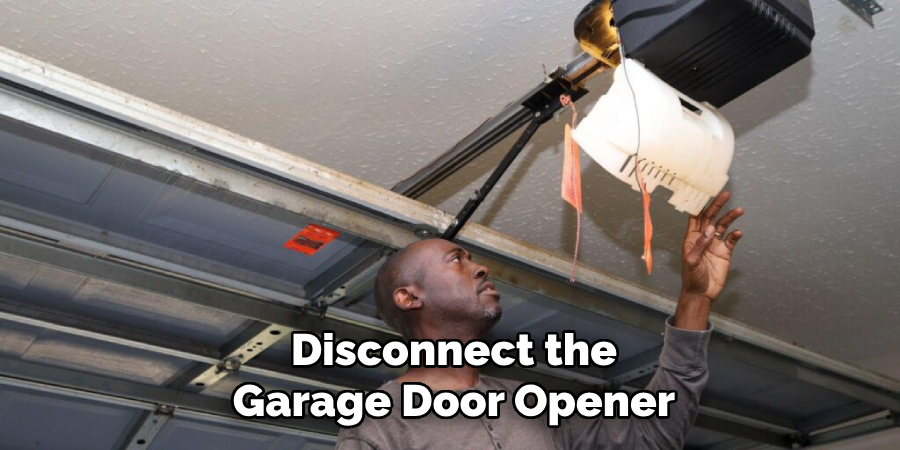
Before commencing any repairs on your garage door, it is crucial to disconnect the garage door opener.
This step helps protect you from accidental activation, which can lead to severe injuries or further damage to the door and its components. To disconnect the opener, locate and unplug the power source, ensuring that no power is supplied during the repair process.
If your opener has a release function, use that to disengage the door from the opener mechanism, allowing you to operate it manually while you work.
Ensure the Door is Stable
Stability is essential when working on a garage door, as any unexpected movement can pose risks to both you and the door itself. To secure the door in place, use locking pliers or C-clamps on the tracks near the bottom of the door.
This will prevent any movement while you are working. Additionally, consider having a sturdy ladder or support to brace the door if necessary, particularly if it is significantly misaligned or if you need to apply force during realignment.
Gather the Necessary Tools
Preparing the right tools is vital for safely and effectively realigning a garage door. Ensure you have the following equipment on hand: pliers for gripping and adjusting components, a rubber mallet for gently tapping rollers back into place, wrenches to tighten any loose hardware, and safety gear, including gloves and safety goggles, to protect yourself during the process.
Having the right tools not only makes the job easier but also enhances safety as you conduct repairs.
How to Put Garage Door Back on Track: Step-by-Step Guide
Step 1: Assess the Extent of the Misalignment
Begin by conducting a thorough visual inspection of the garage door and its current position. Look for gaps between the door and the rollers and any visible signs of damage, such as bent tracks or broken components.
This step is crucial in determining how far off the door has come from its track and which areas may need the most attention. Pay close attention to how the door engages with the tracks at both the top and bottom.
If the door is not significantly out of alignment, take note of any potential obstacles that might hinder realignment, such as debris in the tracks or physical obstructions. This assessment will guide your approach and help you identify the specific issues that must be addressed during realignment.
Step 2: Realign the Door Rollers with the Track
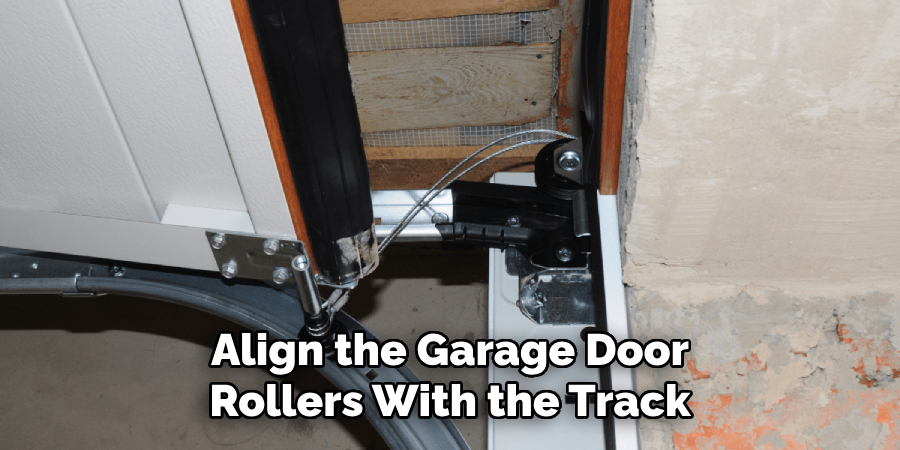
Once you’ve assessed the misalignment, it’s time to carefully guide the door rollers back onto the track. Start at the top of the door and apply gentle pressure, aligning the rollers with the track as you go.
It may be helpful to slightly lift the door while guiding the rollers, but ensure that you maintain a secure grip to prevent accidents. If the rollers are stubbornly stuck, use a rubber mallet to gently tap them back into position — striking the roller lightly can help guide it back onto the track without causing damage.
Continue this process along the length of the door, ensuring that each roller is securely seated in the track. Take your time during this phase, as this precision is vital for the door’s smooth operation.
Step 3: Secure the Tracks and Tighten Hardware
With the rollers properly aligned, it’s important to check and secure the tracks to prevent future issues. Examine the track bolts and tighten them using a wrench, ensuring that they are adequately secure.
While tightening, do not overtighten, as this may bend the track. Next, verify the tracks’ alignment; they should remain straight and parallel to one another. If you notice any misalignment, use pliers to adjust the track slightly, then recheck the door’s stability.
Finally, inspect all hardware associated with the garage door system, including nuts and bolts, to ensure everything is fastened securely. These steps will provide a stable foundation for your garage door, minimizing the risk of it coming off the track again.
Fixing Common Issues That Cause Doors to Come Off Track
Repairing or Replacing Damaged Rollers
Regular inspection of the rollers is critical in preventing garage door misalignment. Examine each roller for cracks, chips, or significant wear to check for wear or damage.
If any rollers are damaged, they should be replaced to ensure smooth operation. Begin by detaching the roller from the track by removing the retaining clip or screw, then slide the old roller out.
Insert the new roller into the bracket and secure it in place. Ensure the replacement roller matches the original size and type. Regular maintenance of the rollers, including lubrication, can also help extend their lifespan and ensure the door runs smoothly.
Adjusting or Replacing Track Brackets
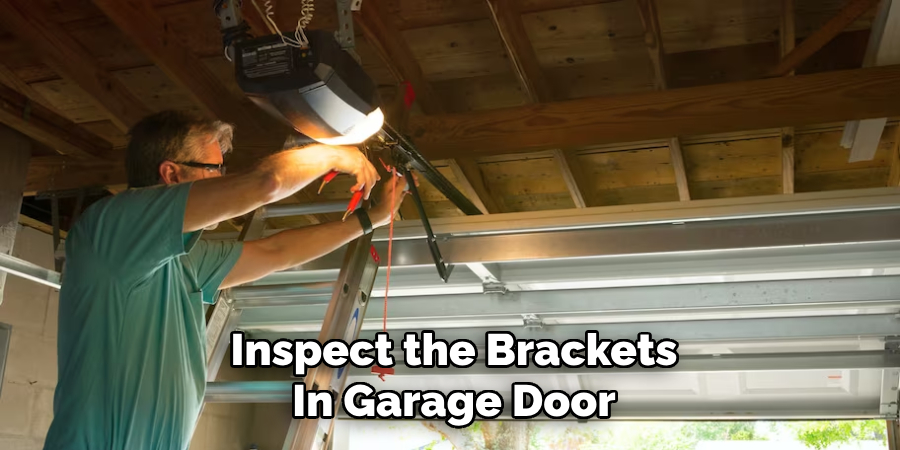
The track brackets hold the tracks in place and can become loose or misaligned over time, leading to door issues. To check alignment, inspect the brackets visually for any sign of bending or looseness in the bolts.
If you notice any issues, use a wrench to tighten the brackets until they are secure. If the brackets are significantly damaged, replacement may be necessary.
To do this, remove the old bracket by unscrewing it, then position the new bracket in place, ensuring it is aligned with the track. Secure it tightly and check that the tracks remain level and straight for optimal door function.
Ensuring Track Alignment
Proper track alignment is essential for the effective operation of your garage door. To measure track alignment, use a level to check that both tracks are perpendicular to the floor and parallel to each other.
If they are not aligned, gently tap the track using a rubber mallet to adjust the position or loosen the track brackets to reposition the tracks. After adjustments, recheck the alignment using the level, making certain that the tracks are straight and supports are sufficient.
Maintaining proper track alignment can significantly reduce the risk of the door coming off track and ensure efficient operation.
Frequently Asked Questions
1. What Should I Do if My Garage Door Is Stuck in The Closed Position?
If your garage door is stuck closed, first check for any visible obstructions in the tracks or mechanical components. Ensure that the power supply to the opener is functional.
If there are no obstructions, try manually releasing the door from the opener by using the emergency release cord. If the door still does not move, it may require professional assistance to address potential mechanical failures or electrical issues.
2. Hhow Often Should I Perform Maintenance on My Garage Door?
It’s advisable to conduct maintenance on your garage door at least twice a year. This includes inspecting all moving parts, lubricating the rollers and hinges, tightening hardware, and checking the alignment of the tracks.
Regular maintenance can help prevent misalignment and prolong the door’s lifespan and its components.
3. Can I Realign My Garage Door Myself, or Should I Hire a Professional?
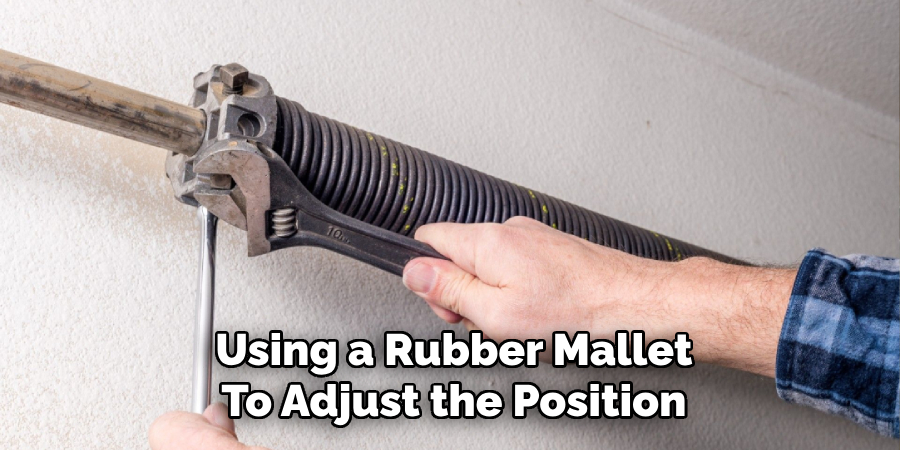
While minor misalignments can often be corrected with DIY techniques as detailed in this guide, if you encounter significant issues, lack the necessary tools, or feel uncomfortable with the process, hiring a professional is best.
They can ensure that the realignment is performed safely and efficiently, reducing the risk of damage or injury.
Conclusion
In summary, learning how to put garage door back on track involves several crucial steps: assessing the extent of the misalignment, carefully realigning the door rollers with the track, and securing the tracks and hardware.
Regularly inspecting and maintaining the rollers and track brackets significantly reduces the likelihood of further issues. It’s important to emphasize safety throughout the process; always wear protective gear, and do not hesitate to consult a professional if the task feels overwhelming.
Taking proactive measures and promptly addressing problems will enhance your garage door’s longevity and functionality. Investing time in routine maintenance can ensure smooth operation and avoid complications that might arise from neglect.
About
Safety Fic is a distinguished figure in the world of Diy design, with a decade of expertise creating innovative and sustainable Diy solutions. His professional focus lies in merging traditional craftsmanship with modern manufacturing techniques, fostering designs that are both practical and environmentally conscious. As the author of diy, Safety Fic delves into the art and science of Safety Fic-making, inspiring artisans and industry professionals alike.
Education RMIT University
(Melbourne, Australia) Associate Degree in Design (Safety Fic) Focus on sustainable design, industry-driven projects, and practical craftsmanship. Gained hands-on experience with traditional and digital manufacturing tools, such as CAD and CNC software.
Nottingham Trent University
(United Kingdom) Bachelor’s in diyfastly.com and Product Design (Honors) Specialized in product design with a focus on blending creativity with production techniques. Participated in industry projects, working with companies like John Lewis and Vitsoe to gain real-world insights.
Publications and Impact
In diy, Safety Fic his insights on indoor design processes, materials, and strategies for efficient production. His writing bridges the gap between artisan knowledge and modern industry needs, making it a must-read for both budding designers and seasoned professionals.
